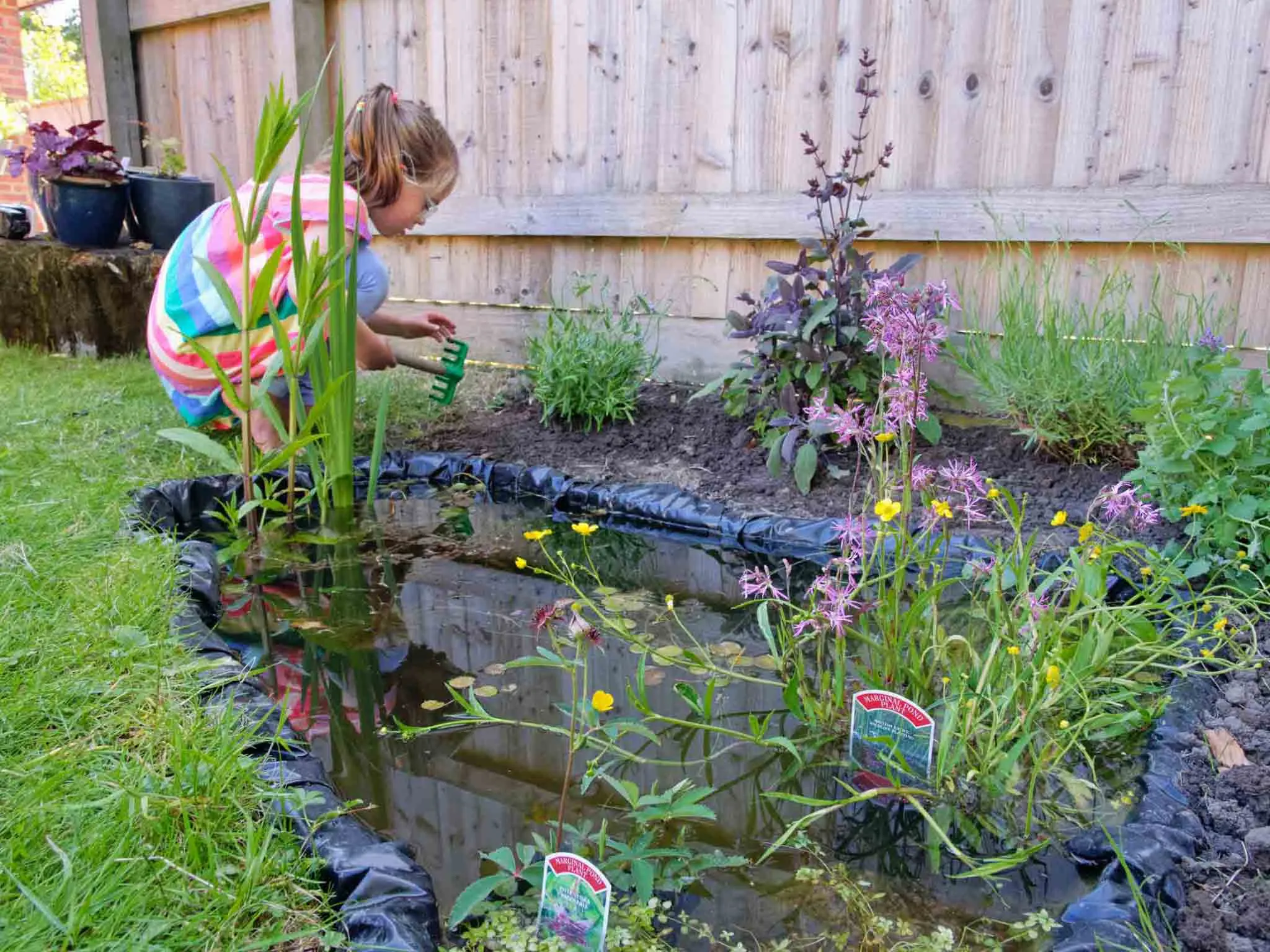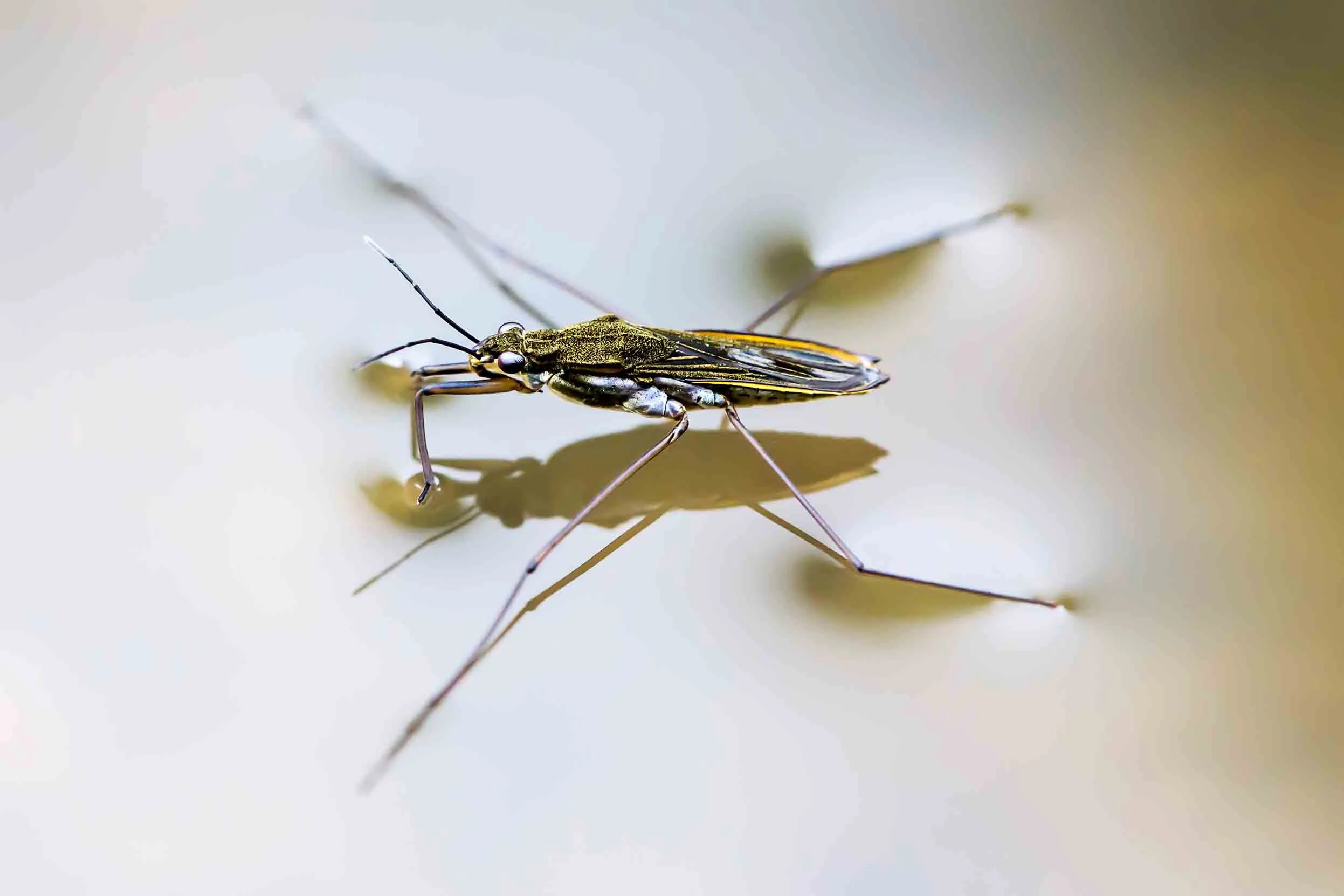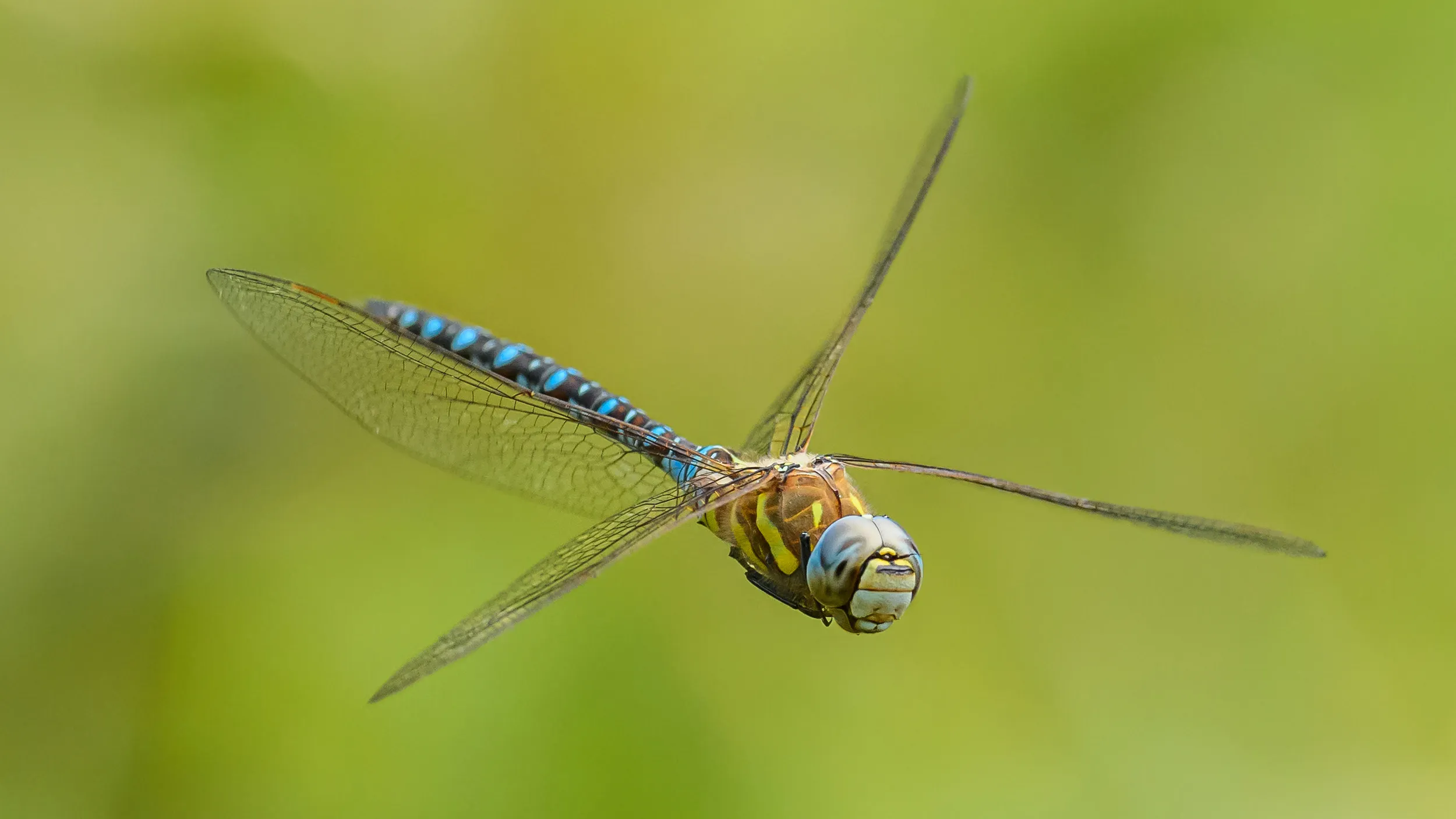Advice
January’s Birds of the Month: which ones will you see?
Six winter birds worth braving the cold for this January.
Water can help bring your garden to life. Not only will it be calming for you and your human visitors, it’s a sure fire way to help wildlife too.

Water is a nature magnet like nothing else. You don’t need lots of space. Even the smallest pond or water feature can be a haven for the wildlife on your doorstep.
Birds are looking for something wide, shallow and safe. Somewhere to grab a quick drink and spruce up their feathers.
We’ve got some great advice for making your own bird bath. Or you could always splash out and buy one.
If you’re up for the challenge, most mini wildlife ponds can be dug in just an hour.
This will take a bit of planning. You will need somewhere safe, level and ideally located in some sunshine as this will encourage dragonflies.
Avoid areas which get lots of plant food – such as your veg beds – as high-nutrient rain water can run off into your pond and make it green. You can help prevent water going stagnant by putting submerged oxygenating plants into your pond.
The soil you dig out will need to go somewhere, but in many cases you can create a shallow mound at the back of the pond and sow it with wildflower seed.
For a bigger challenge, create a large pond.

Ponds don’t have to be expensive. You can go for simple and cheap options, like making a DIY container pond using an planter or washing-up bowl.
It’s important that your pond is safe. It can be partitioned from the rest of the space with a picket fence, or it can be covered with a metal grid to keep it safe for young children.
Water is one of the greatest gifts you can give to nature in your garden. It plays host to an array of amazing creatures and touches the lives of most of the wildlife we get in our outdoor spaces.
Those familiar with pond dipping will know ponds are home to a huge variety of invertebrates.
Invertebrates are animals without a backbone, and come in all sorts of shapes and sizes. Some only like very clean water, others are less fussy. Many eat algae and plants, but some are carnivorous and eat other small animals to survive.

They're all an important part of the ecosystem and welcome inhabitants to our garden water features!
Dragonflies are beautiful creatures and it’s always special to see them up close.
They’ve been around for hundreds of millions of years and a pond is a great way to encourage these ‘Jurassic visitors’ to visit your present day garden!

We may first come across these flying insects in egg or larvae form. They’ll exist in our ponds as young larvae or nymphs, preying on the other insects, tadpoles and fish that live there. Eventually, climbing out of the water on tall plants, before emerging from their shells as their final winged selves!
Frogs and other amphibians are a familiar and much-loved visitor to our garden ponds.
The common frog especially, is a regular inhabitant of our garden water features and many of us enjoy watching the cycle of their lives unfold, from spawn to tadpole, to fully grown frog.

Other amphibians which you’re unlikely to find in your gardens are the pool frog and natterjack toad, both of which are much rarer and only found in specific sites or types of habitat.
There are a number of things you can do to help give amphibians the best home in your pond, including adding lots of nice oxygenating plants. Don’t be afraid of a little bit of algae. Tadpoles will love to eat it!
Make sure that you pond has a gradual slope, so that young frogs and toadlets can easily hop out. Providing platforms, either as part of the pond itself, or with rocks, logs or even lilypads, can give frogs and toads somewhere to bask and breathe above the water.
It’s a good idea to have areas of vegetation, stones and logs in and around the pond, so that it can be used as cover. Be careful about having or introducing fish to the pond. Some species may eat tadpoles.
Many of the small birds which visit our gardens will also use small ponds to drink and bathe. If you have a particularly large pond, you might even see wetland birds or waterfowl.
It’s important to make sure ponds are safe for the birds which stop by. By introducing low-hanging branches, shallow platforms, sloping sides and rocks or platforms in the middle of a pond we can give small birds a safe place to bath and drink.